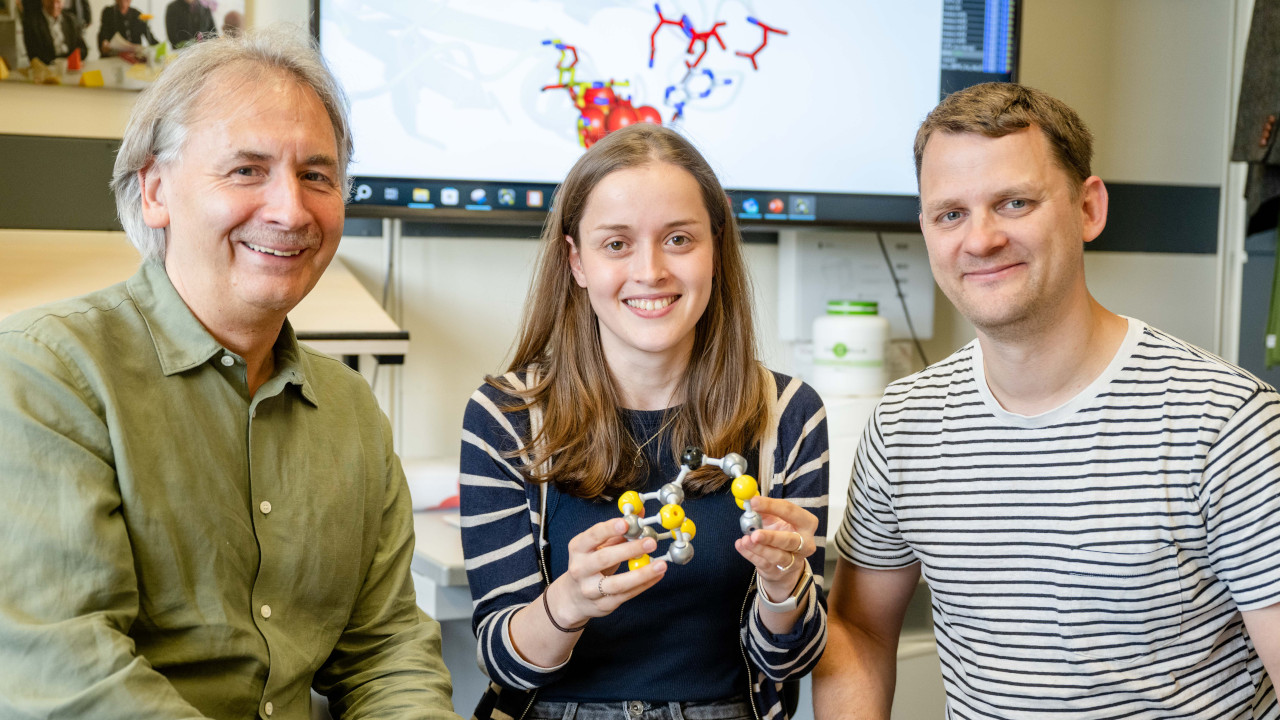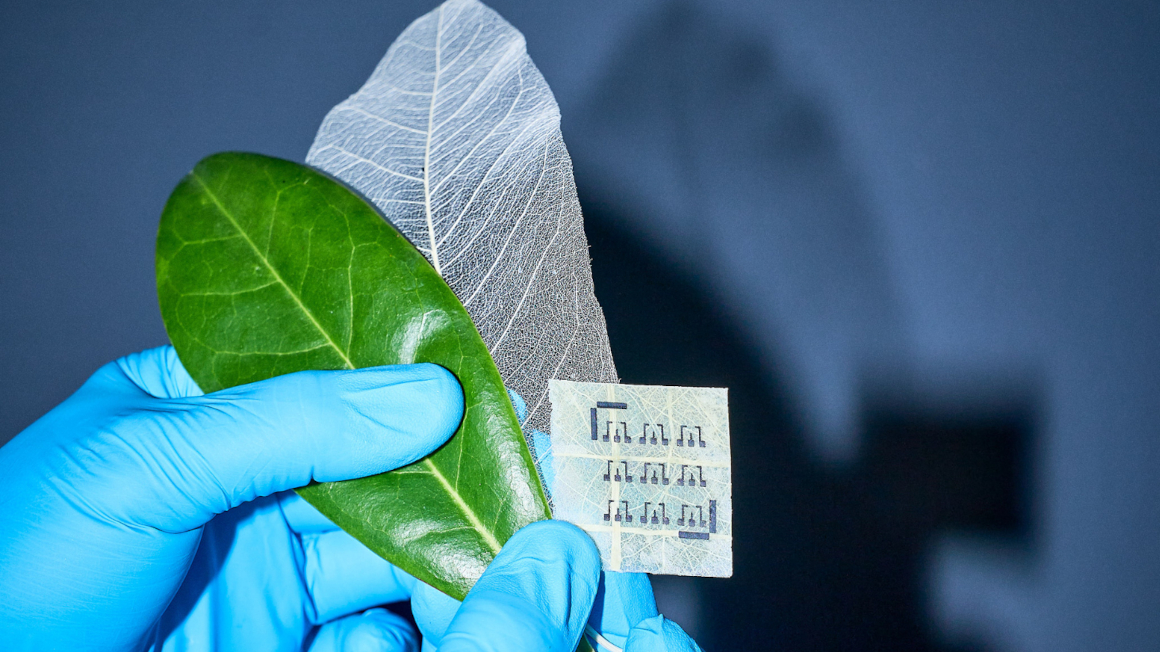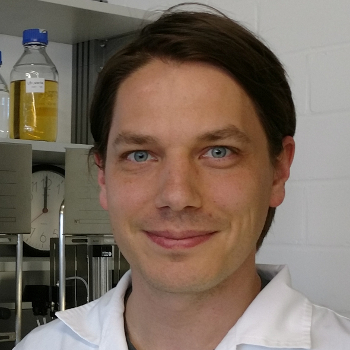Algae enzymes for hydrogen production
Researchers at Ruhr-Universität Bochum have been able to clarify how the algal enzyme HydF is structured and what role a so-called cofactor plays in the production of hydrogen.

Hydrogen is one of the energy sources of the future, as it can be produced in a completely climate-neutral way. However, green hydrogen is only sustainable if it is also produced entirely from sustainable sources. It is known that certain algae have the potential to produce hydrogen from water and sunlight.
Functionality of the algal enzyme HydF at a glance
A team led by Bonn biochemist Thomas Happe has been studying the functioning of enzymes for years in order to improve bioprocesses. The researchers have now been able to clarify the structure and role of the algal enzyme HydF, which is significantly involved in the assembly of the hydrogen cluster in the final phase of hydrogen production.
Hydrogen production takes place in the catalytic centre of the unicellular algae and is determined by protein cofactors in the hydrogen cluster. "Iron-sulphur ([FeS]) clusters are essential, widespread protein cofactors that fulfil a wide variety of functions in the cell," explains Rieke Haas from Happe's Photobiotechnology working group at Ruhr-Universität Bochum and lead author of the study. For example, these cofactors are involved in catalysing chemical reactions, transferring electrons, sensing changing environmental conditions or synthesising other complex metal cofactors.
Ligands on the cluster enable hydrogen production
According to the researchers, the algae's hydrogen-producing [FeFe] hydrogenases also possess such an iron-sulphur ([FeS]) cluster. It ensures that hydrogen production takes place under mild reaction conditions. "In addition to iron and sulphur atoms, their cofactor has other ligands that make the conversion of hydrogen possible in the first place," explains Haas. "This means that the biosynthesis of the cofactor requires a complex sequence of different synthesis steps in order to provide all the necessary components." A total of three enzymes are therefore required for this special synthesis apparatus, including HydF.
Role of amino acids identified
As the team reports in the "Journal of the American Chemical Society", site-specific mutagenesis was used to gain new insights into how the cofactor precursor is integrated into the enzyme and how individual amino acids are involved in anchoring and synthesis. According to the study, the HydF enzyme plays a crucial role during the synthesis of a ligand that is important for the delivery of protons for hydrogen turnover in the final step.
Methods such as hydrogen production measurements and ATR-FTIR spectroscopy finally gave the team detailed insights into the previously unknown functioning of the algal enzyme HydF and in particular into the role of specific amino acids. According to the researchers, the new findings can contribute to a better understanding of the biosynthesis of the unique cofactor of [FeFe]-hydrogenases. The work of the Bonn team was funded by the German Research Foundation as part of the Excellence Initiative of the German Federal and State Governments (RESOLV Cluster of Excellence) and the Volkswagen Foundation.
bb


